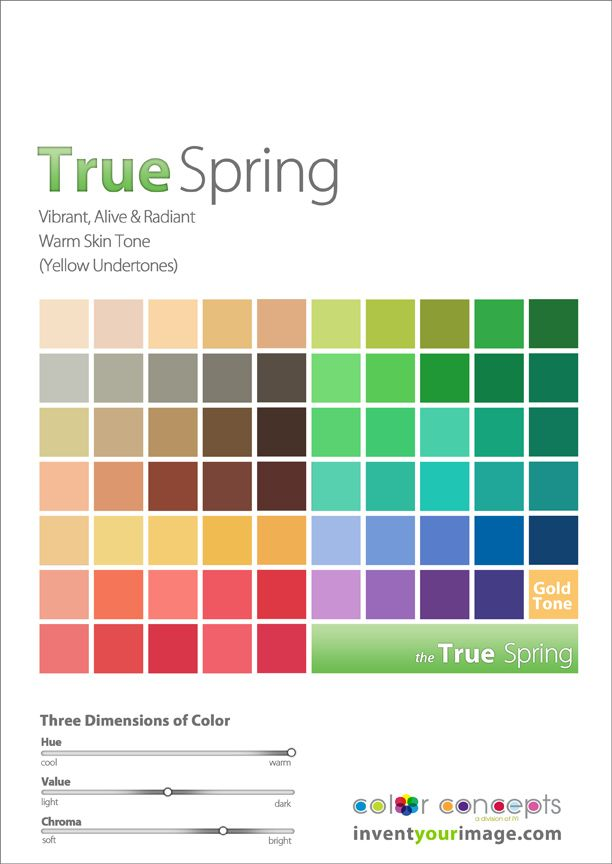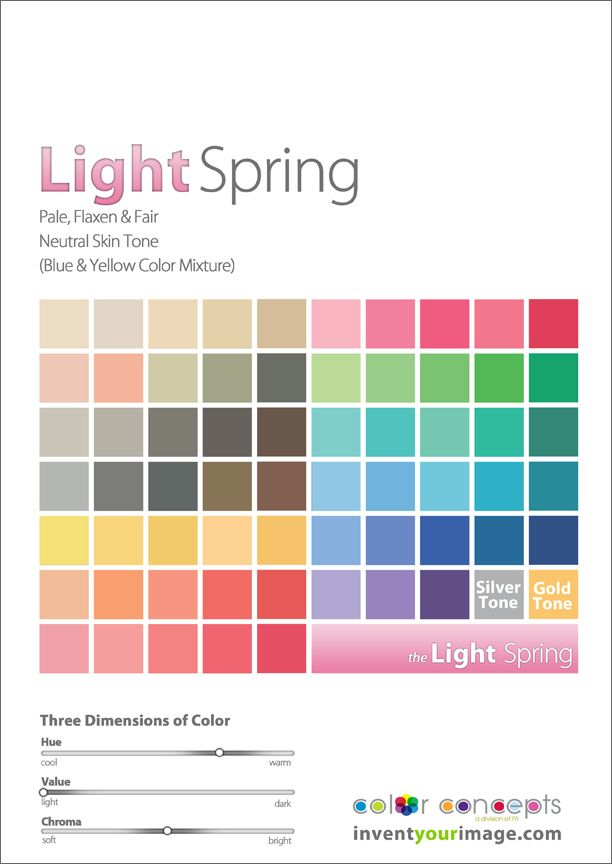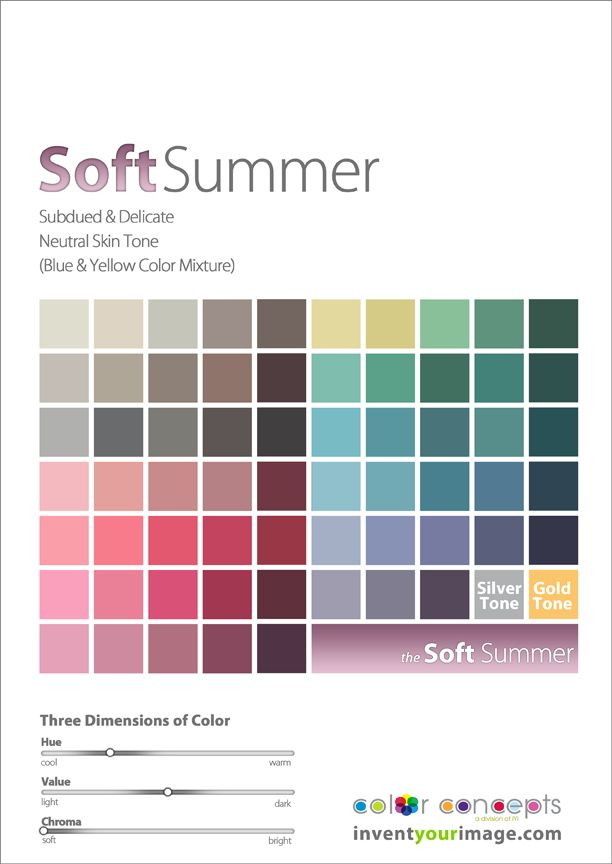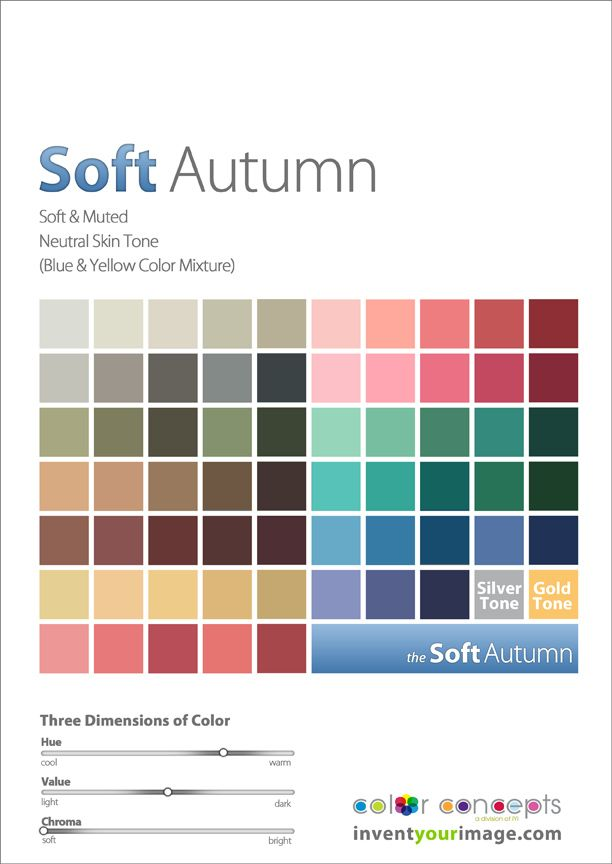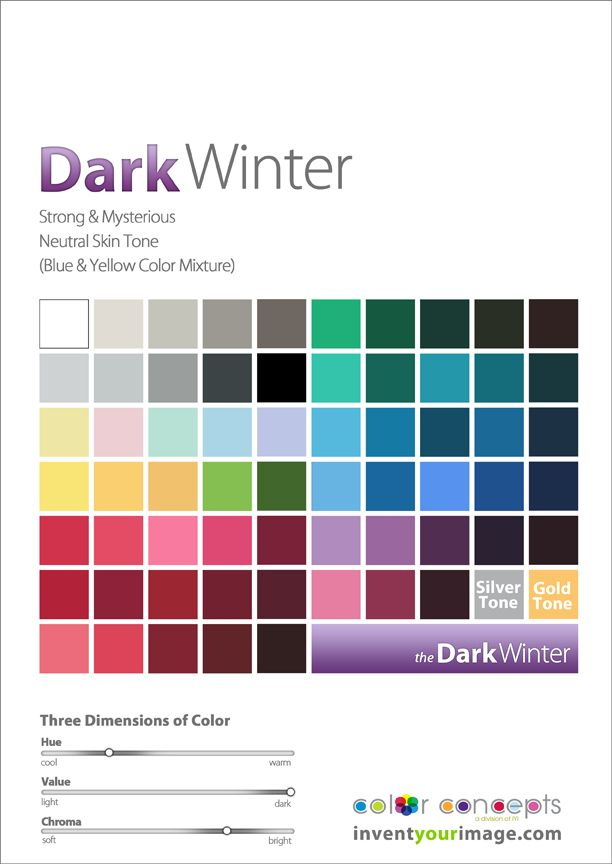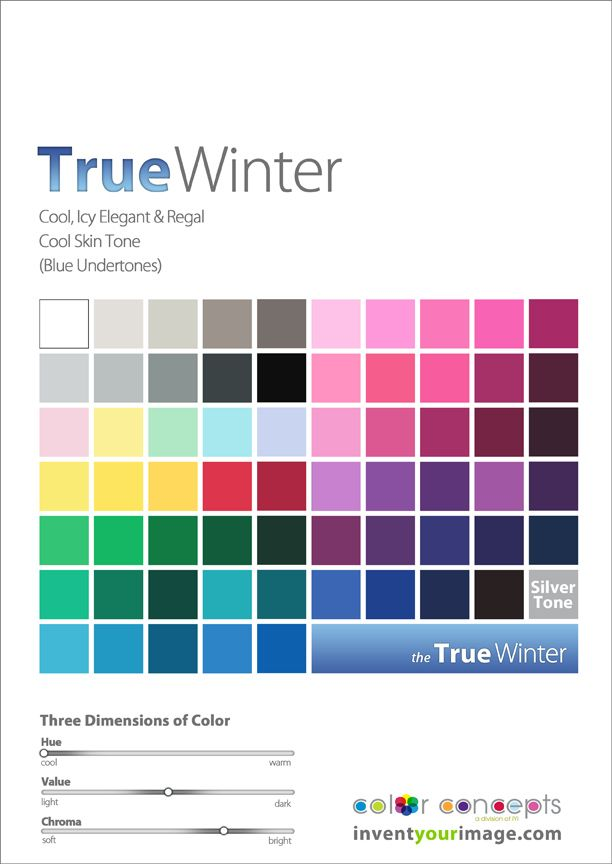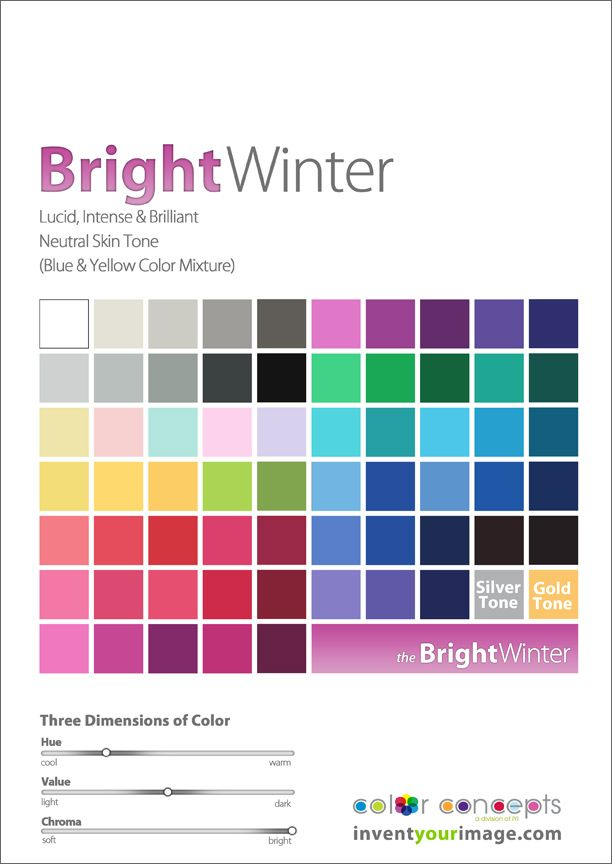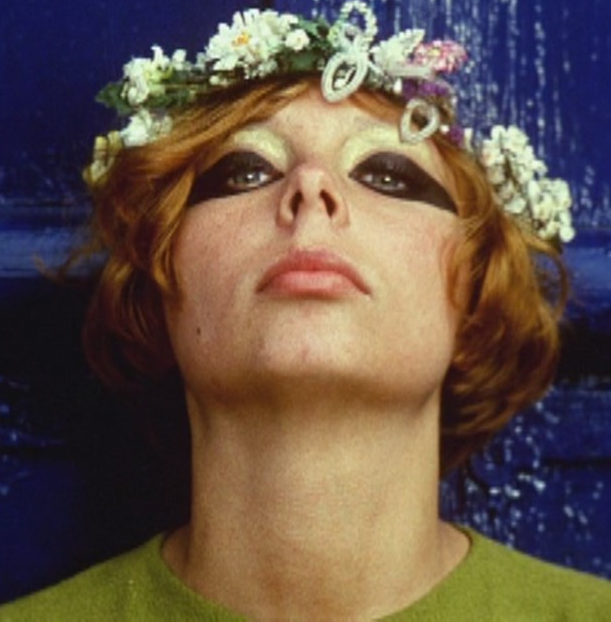Why would I want to know my colors?
I feel like I should start with an important disclaimer: I am not here to tell you what colors you are and aren’t allowed to wear. Many people don’t care about PCA, don’t “believe” in it (as if it’s some variant of astrology), or just aren’t interested in taking their natural coloring into account when they dress. That is completely fair and valid. This is intended to help you understand the concepts of PCA and use them if you want.
With that out of the way, there are a lot of reasons to want to wear colors that harmonize with your natural coloring:
It can make you look younger and healthier
It can put people visually at ease when they see you, helping to garner subconscious trust and respect
It can give you a framework for building a wardrobe of colors that all harmonize with you and therefore also with each other
Knowing your season can help you avoid buying things that you later feel like you don’t look good in
Knowing your season can suggest to you colors that would look great on you that you haven’t thought of before, or don’t tend to stumble across in stores
Characteristics of color
Let’s define some terms that will help us put colors into groups for the purposes of PCA.
First, a color can be light or dark. This refers to how close it is to either white or black. Pretty straightforward. Also, a color can be warm or cool. In PCA, this refers to how much yellow (warm) or blue (cool) is in it. You may be familiar with this concept from shopping for red lipstick.
Finally, a color can be bright or muted. This refers to how saturated the color is compared to gray. Brightness/mutedness is not the same as lightness/darkness. Muted and bright colors can be either light or dark. When you think “muted,” think “more gray.”
Why are you talking so much about colors? Tell me my undertone.
Ok, so you may have heard the term “undertone” or taken a quiz online that tries to match up your hair, eye, vein and jewelry color to a particular season. I don’t think this is particularly helpful, for a lot of reasons including the following:
You can’t “see” undertone. Even if you try to guess by examining your veins, there are a lot of factors that will make them look blue or purple or green (green compared to what?) aside from your undertone. Like how light or dark your skin is, where on your body you’re looking, and what you’re comparing them to.
By all accounts, most people’s undertone is neutral, leaning very slightly warm or cool. So if you examine your attributes (blue veins, brown eyes, tan easily, look good in gold, WTF?) you are likely to get a pretty mixed bag.
Arbitrary attributes are hard to set boundaries around in words. What is blonde hair? Obviously this is blonde, and so is this, but is this? How about this? If you try to determine your season solely by your attributes, you may get frustrated just defining what those attributes are.
How your attributes look varies based on what colors are surrounding them right now. That’s kind of the whole point! So it’s hard to look in the mirror, or look at a photo, and see objectively where your personal coloring falls on the three scales described above.
Though there are certainly common patterns in the attributes of different seasons, the attributes are not the definition. Every season contains a wide variety of different hair colors, eye colors and ethnicities. The best way to talk about types of personal coloring is in terms of what colors look harmonious on them.
So how can I determine my season?
It sounds kind of tautological, but the best way to determine which colors look good on you is to test which colors look good on you. You can either do the above, many many times, with a huge array of different colors,
https://www.truth-is-beauty.com/what-season-are-you.html

